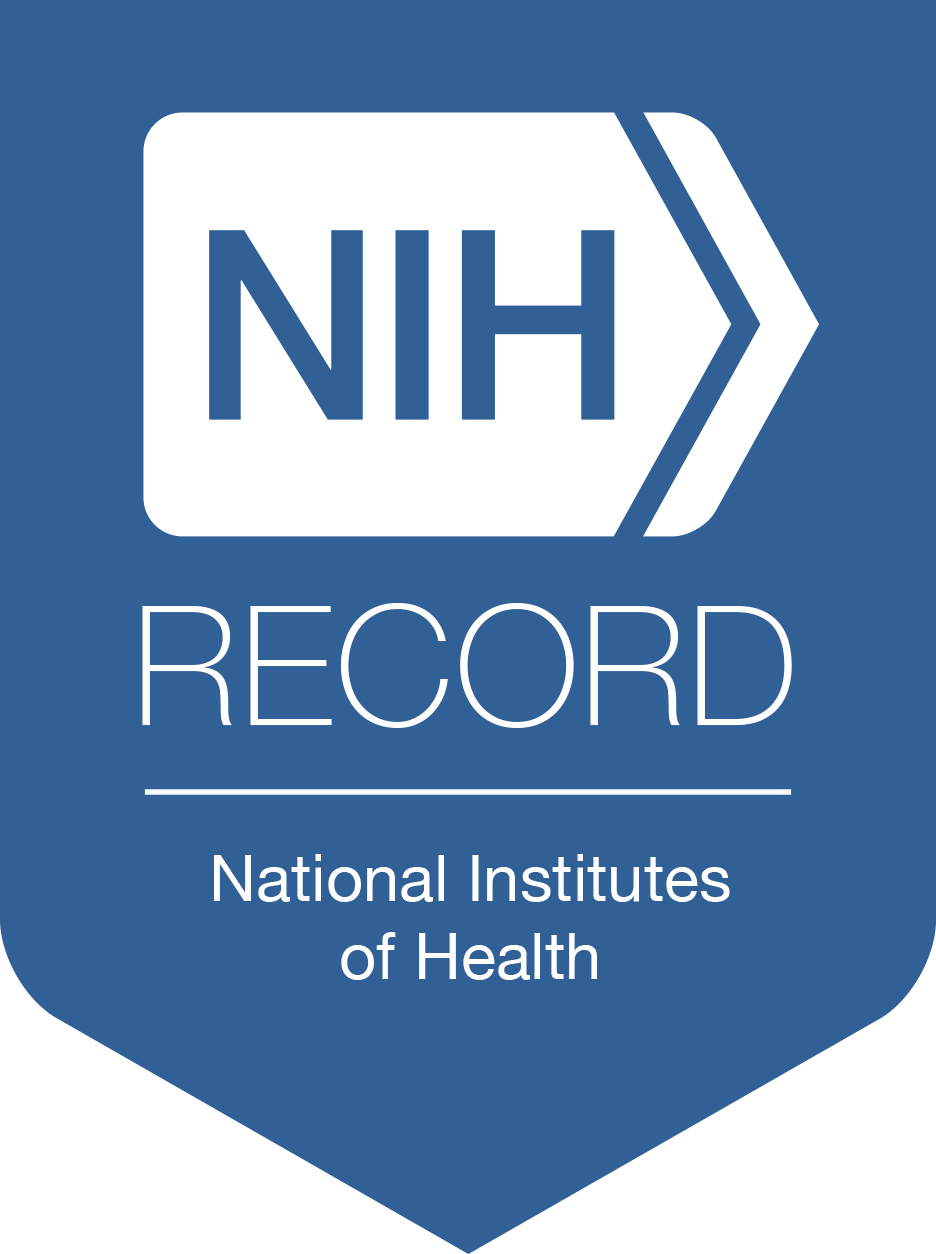Scientists Design Gene Delivery Systems for Neural Cells
NIH-funded research teams have created a versatile set of gene delivery systems that can reach different neural cell types in the human brain and spinal cord with exceptional accuracy. These delivery systems are a significant step toward precise gene therapy that could safely control errant brain activity. Current therapies for brain disorders mostly target symptoms.
The new delivery systems carry genetic material into the brain and spinal cord for targeted use by specific cell types. This platform could transform how scientists study neural circuits. It provides researchers with gene delivery systems for various species used in research, without the need for genetically modified animals. Examples include illuminating fine structures of brain cells with fluorescent proteins and activating or silencing circuits that control behavior and cognition.
The new delivery tools, which use a small, stripped-down adeno-associated virus (AAV) to deliver DNA to target cells, can be applied across many species and experimental systems. The delivery systems have been tested in intact living systems, an important step for introducing new tools for widespread use. The newly published toolkit includes:
Dozens of delivery systems that selectively target key brain cell types, including brain blood vessel cells and hard-to-reach neurons in the spinal cord that control body movement and are damaged in several neurological diseases, such as amyotrophic lateral sclerosis (ALS) and spinal muscular atrophy
AI-powered computer programs that can identify genetic enhancers in specific brain cell types, using data from many different species
This collection of research tools will significantly accelerate understanding of the human brain. The toolkit enables access to specific brain cell types in the prefrontal cortex, an area that’s critical for decision-making and uniquely human traits. With other tools in the collection, scientists can better study individual cells and communication pathways known to be affected in several neurological diseases.
AAV-based treatments are already approved for some conditions. The new collection of gene delivery resources lays the groundwork for more precise treatments that target only affected cells in the brain, spinal cord or brain blood vessels.
